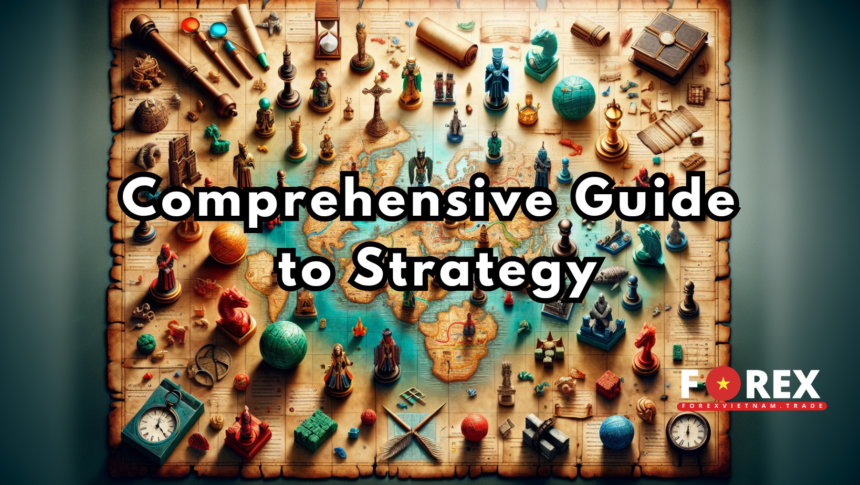Strategy is the backbone of success in any field, whether in business, personal development, or competitive arenas like sports and politics. It is a well-thought-out plan to achieve specific goals, often involving allocation of resources, forecasting, and competitive analysis. This article explores what strategy entails, its components, and effective methodologies for crafting and executing strategies.
What is Strategy?
Strategy can be defined as a high-level plan designed to achieve one or more goals under conditions of uncertainty. It is about making deliberate choices to guide actions and allocate resources effectively. In the business context, strategy often focuses on gaining a competitive advantage, whereas in personal contexts, it may involve career planning or life goal-setting.
Types of Strategies
- Corporate Strategy
Focuses on the overall scope and direction of a company. Examples include diversification, mergers, or entering new markets. - Business Strategy
Targets how to compete effectively in a specific market. It addresses questions like pricing, product differentiation, and customer focus. - Functional Strategy
Operational plans to optimize specific areas like marketing, human resources, or supply chain management. - Personal Strategy
Individual plans to achieve personal goals, like career progression, financial stability, or health improvements.
Key Components of Strategy
- Vision and Objectives
- Define the desired outcome or long-term vision.
- Break this into achievable objectives.
- Analysis
- SWOT Analysis: Strengths, Weaknesses, Opportunities, Threats.
- Competitive landscape and market trends.
- Resource Allocation
- Effective distribution of financial, human, and technological resources.
- Execution Plan
- Clear action steps with timelines and responsibilities.
- Evaluation and Adjustment
- Monitor progress and adapt to changing circumstances.
Effective Strategies in Practice
- Porter’s Generic Strategies (Michael Porter)
- Cost Leadership: Competing by being the lowest-cost producer.
- Differentiation: Offering unique products or services.
- Focus: Targeting niche markets.
- The Blue Ocean Strategy
- Create uncontested market space and make the competition irrelevant by innovating and offering high value at lower costs.
- Agile Strategy
- Emphasizes flexibility and iterative planning, allowing adjustments based on real-time feedback.
- Balanced Scorecard
- Aligns strategic activities to an organization’s vision while tracking performance through financial, customer, process, and learning metrics.
Challenges in Strategic Planning
- Uncertainty: Market volatility or unforeseen external changes.
- Resistance to Change: Internal pushback when implementing new strategies.
- Overcomplexity: Strategies that are too elaborate or difficult to execute.
- Resource Constraints: Limited budgets or manpower.
How to Build a Winning Strategy
- Start with Research
- Understand your environment, competitors, and potential barriers.
- Define Clear Objectives
- Make objectives SMART: Specific, Measurable, Achievable, Relevant, Time-bound.
- Engage Stakeholders
- Ensure buy-in from teams, management, or other relevant parties.
- Focus on Execution
- A great strategy is ineffective without proper implementation.
- Monitor and Revise
- Regularly assess performance and refine strategies as needed.
Conclusion
Strategy is essential for navigating complex challenges and seizing opportunities. Whether for businesses, organizations, or personal goals, the art of strategy lies in making informed decisions, anticipating change, and staying adaptable. By integrating structured planning with flexibility, anyone can craft a strategy that leads to success.







